Armed violence statistics and a series of recent attacks indicate that the conflict in West Papua has reached a new level of escalation throughout 2022. In early 2022, the Indonesian Government changed its conflict approach to reduce the number of victims among civilians during security force operations against the West Papua National Liberation Army (TPNPB), the armed wing of the Papuan independence movement. However, the Indonesian Government wants to maintain a firm grip on West Papua, whose natural resources and low population density are seen as very conducive to Indonesia’s future economy. Therefore, the government continues increasing the security force presence and pushing economic growth in West Papua.
In addition, the unilateral amendments and adoption of laws affecting West Papua by the Indonesian Government are putting a heavy strain on the relationship between Jakarta and Papuan civil society. In July 2021, Jakarta unilaterally amended the Papuan Special Autonomy (Otsus) Law without the participation of the Papuan Peoples Assembly (MRP) and the provincial Government. The unilateral adoption of laws for the formation of new provinces, which has been widely rejected by civil society, followed in April 2022. Jakarta’s political actions are adding up to the long-lasting history of political disappointments, racism and human rights violations. More and more, the people in West Papua feel powerless to determine their future and the fate of their land.
Despite the intensification of the conflict, there are no signs of a rapprochement between the conflicting parties but quite the opposite. The TPNPB spokesperson, Sebby Sambom, declared that the TPNPB is open to talks with Jakarta under mediation by the United Nations. However, the Indonesian Government refuses to enter into negotiations, neither with the West Papuan independence movement, which it considers a terrorist organisation nor with the United Liberation Movement for West Papua (ULMWP, which represents the independence movement. A dialogue has moved further out of reach.
Jakarta’s West Papua policies and its reluctance for dialogue are fuelling the conflict. The TPNPB is highly determined to fight for political independence by all means and prevent the expansion of security force presence in West Papua. In the past months, the TPNPB has become more engaged in the political discussion around the formation of new provinces. TPNPB commanders repeatedly called upon Jakarta to immediately cancel its plans to establish the new provinces. The warning included death threats against local politicians supporting the central Government’s plans. A series of violent attacks by the West Papua National Liberation Army (TPNPB) against civilians indicates that TPNPB attacks have reached a new level of violence.
New level of escalation
On 16 July 2022, the TPNPB shot dead ten civilians and wounded two others in the Nogolait Village, Kenyam District, Nduga Regency. According to a TPNPB press release, a group of TPNPB combatants killed a civilian who allegedly recorded a flag ceremony. Subsequently, the TPNPB members opened fire at other civilians at a nearby store. A truck driver and several people in the back of the truck were shot and injured as they were driving past the sight of the crime. All victims apart from a Papuan pastor were migrants. The TPNPB claimed that some of the victims were spies carrying guns. TPNPB representatives underlined they would continue to shoot anyone they suspected of being a spy. “Whoever they are, whether civilians, employees, workers, whether Papuan or non-Papuan, we will not compromise.” The incident marks the most fatal attack since December 2018, when TPNPB fighters killed 19 road workers in a single incident.
On 19 July 2022, TPNPB combatants killed and beheaded an Indonesian migrant working as a gold panner in the Awinbon District, Pegunungan Bintang Regency (see photo below). The TPNPB again claimed the victim was a spy. Shortly after the incident, TPNPB spokesperson, Mr Sebby Sambom, published a media release in which the TPNPB warned the Indonesian Government not to underestimate them. He emphasized that the TPNPB is ready for warfare and would fall back on the use of cannibalism against their enemies, as their ancestors had practised during warfare.
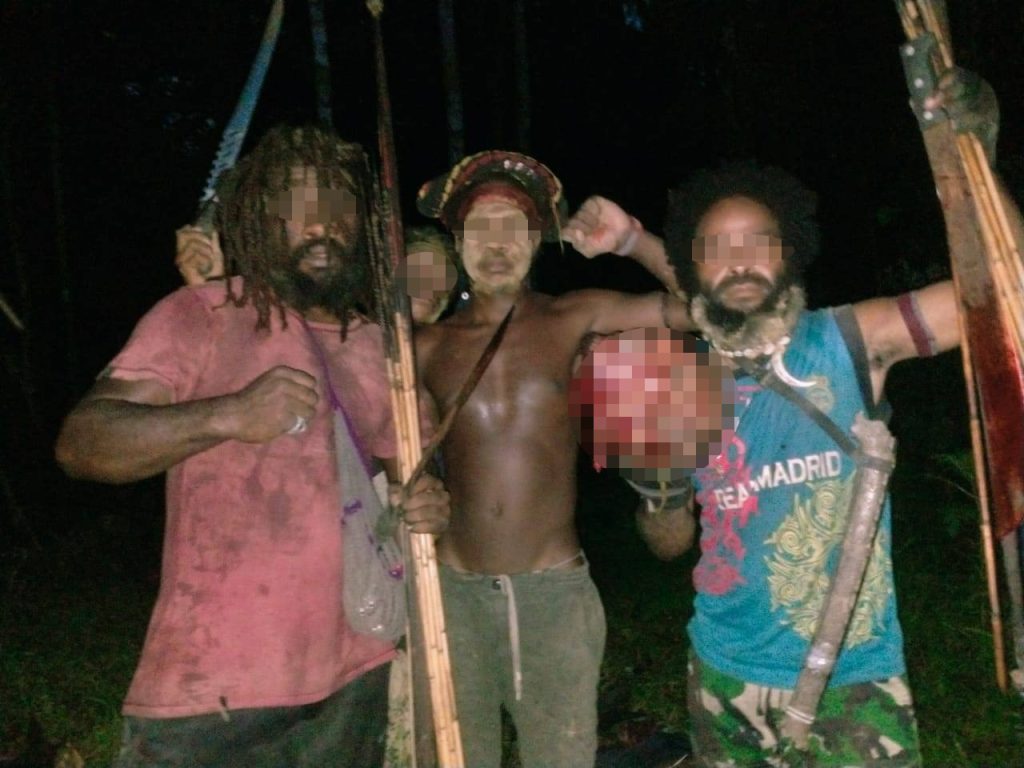
Previously, TPNPB combatants killed eight workers who were repairing a communications tower in a remote part of the Puncak Regency, Papua Province on 2 March 2022. One of the workers, a technician, managed to escape.
The TPNPB’s actions show that it is more determined than ever to achieve its goals, targeting Indonesian migrants and threatening local politicians. The organisation has repeatedly published warnings, calling upon non-Papuans to leave the conflict areas because they will no longer guarantee for their safety. The warning was echoed by the Papuan Police Chief, Officer Mathius Fakhiri, saying that migrants living in conflict-affected regencies should avoid areas with no or little security force presence.
Observations on armed conflict
While the number of attacks between 1 January and 26 July 2022 does not indicate a strong increase in armed clashes in comparison to the previous year, the number of killed civilians reflects the aggravation of the conflict. The attacks, particularly those committed by TPNPB combatants have become more violent. In 2020 and 2021, the number of fatalities among civilians during armed clashes or raids was 27 and 28 civilians respectively. By the end of July 2022, the number of killed civilians has already reached 30 and only four were killed by security force members – a rather small number in comparison to the 26 civilians killed by the TPNPB (see table below). In 2021, TPNPB fighters reportedly killed 14 civilians, while security force members were responsible for the deaths of 12 civilians.
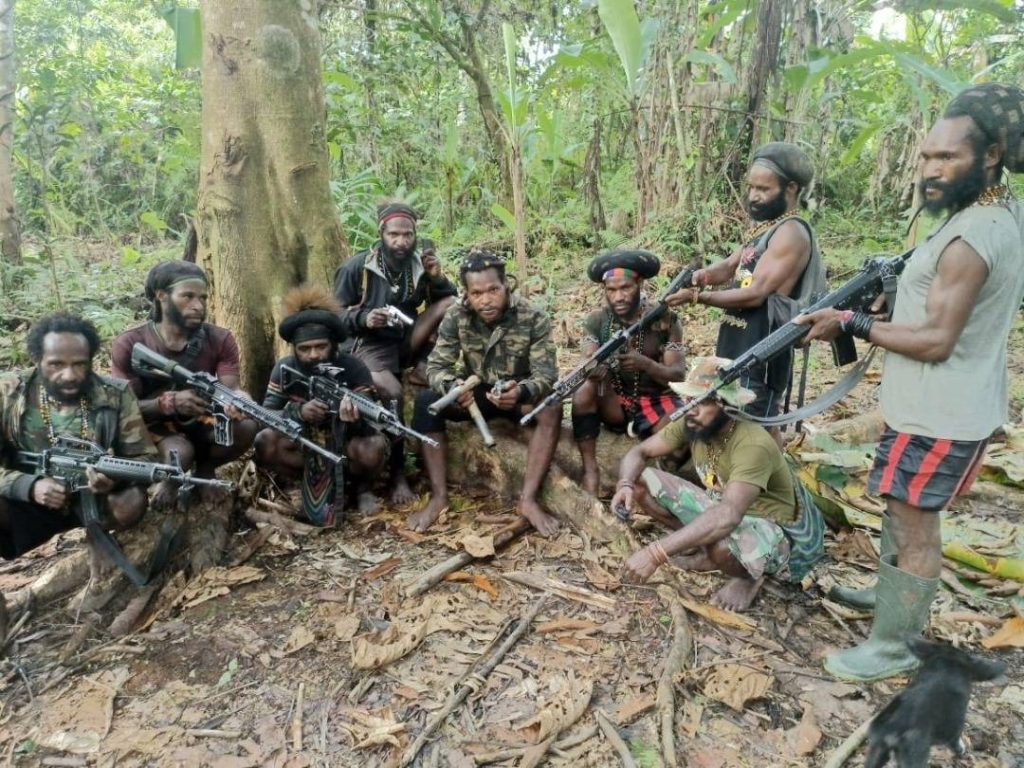
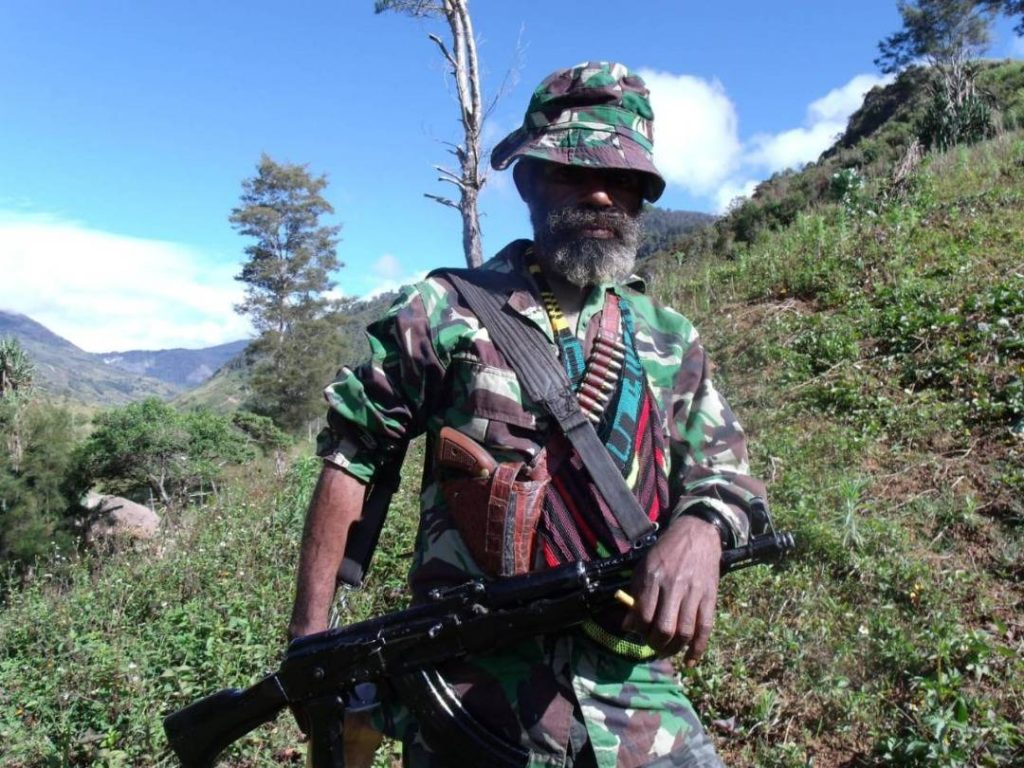
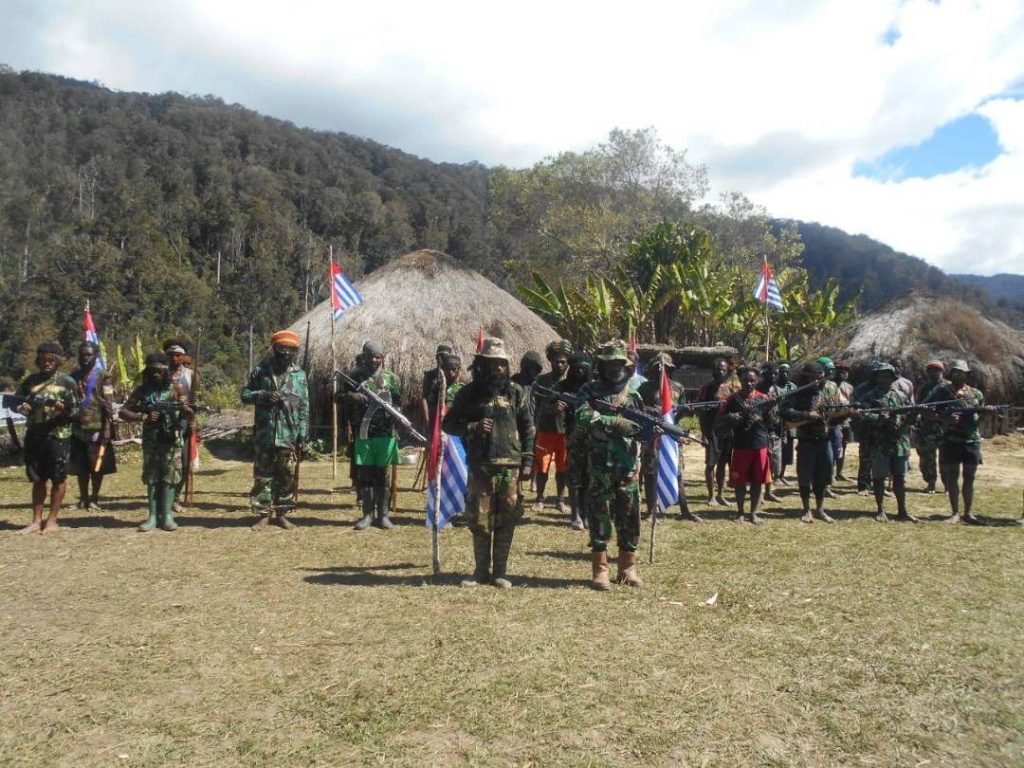
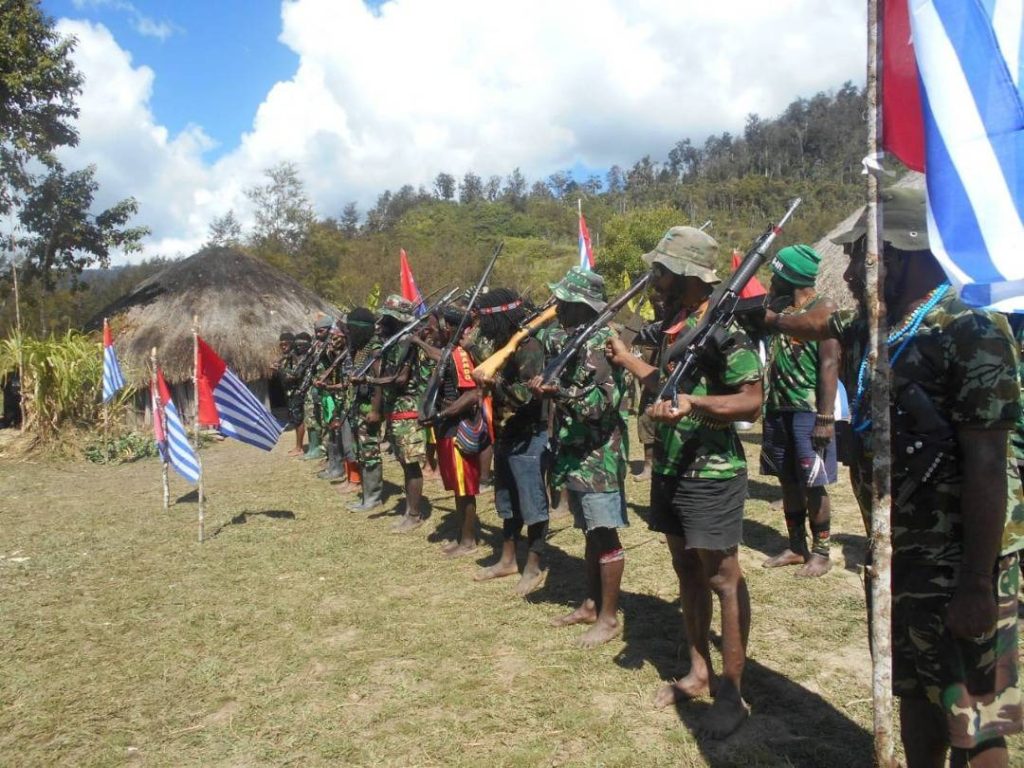
The proportionally decreasing number of civilians killed during operations by security forces could be an outcome of the Government’s change to a softer security approach. The approach might as well be the reason for the sudden drop in the number of killed TPNPB combatants. As of 26 July, only a single TPNPB combatant has been reportedly killed in 2022. In the previous year there were 24 TPNPB casualties (see table below).
While the softer approach might be saving some lives in conflict-affected areas of West Papua, it has neither led to a decrease in civilian fatalities nor does the approach have the potential to de-escalate the conflict. According to the government’s new security approach, the military and police shall be involved in the provision of healthcare and education services as well as agricultural programs. The West Papua-wide operation was named “Operasi Damai Cartenz”, in English the “Cartenz Peace Operation”. Security forces should regain the trust of indigenous Papuan by developing friendly ties with local indigenous communities”. So-called Babinsa – are supposed to be deployed to villages to monitor community activities and participate in the government’s development programs.
The further deployment of security forces, even under the new security approach, is predicted to bring a new level of tension into the conflict. Not only, does it increase the potential for armed clashes near civilian settlements, but it will also inevitably limit access to healthcare and education services for many indigenous Papuans. Many indigenous Papuans are afraid of the Indonesian military and the police, which are responsible for atrocities and human rights violations since the Indonesian takeover of West Papua in 1969. Many indigenous Papuans have become victims or lost relatives during these events and do not feel comfortable with the presence of security force personnel in their immediate vicinity.
| Armed violence in West Papua | 2018 | 2019 | 2020 | 2021 | as of 26.07.22 |
| Number of armed attacks | 44 | 33 | 64 | 85 | 48 |
| Number of casualties among security forces | 8 | 18 | 11 | 18 | 9 |
| Number of injured security forces | 15 | 12 | 10 | 34 | 22 |
| Number of casualties among TPN-PB fighters | 12 | 14 | 14 | 24 | 1 |
| Number of injured TPN-PB fighters | 4 | 0 | 1 | 8 | 0 |
| Total number of fatalities among civilians during armed clashes or raids | 42 | 20 | 27 | 28 | 30 |
| Number of civilians killed by security force members | 17 | 13 | 20 | 12 | 4 |
| Number of civilians killed by TPN-PB fighters | 25 | 7 | 7 | 14 | 26 |
| Number of civilians killed (perpetrators unclear) | 0 | 0 | 0 | 2 | 0 |
| Total number of injured civilians | 15 | 9 | 26 | 20 | 10 |
| Number of civilians injured by security force members | 7 | 9 | 10 | 7 | 1 |
| Number of civilians injured by TPN-PB fighters | 8 | 0 | 16 | 13 | 9 |
Internal displacement
Thousands of indigenous Papuans from the regencies Nduga, Puncak, Intan Jaya, Maybrat, Pegunungan Bintang and Yahukimo/Asmath have been internally displaced throughout the past years, some of them since December 2018. The Indonesian Government continues to ignore the presence of internally displaced persons. The central government does not have comprehensive data on the number and position of internally displaced persons (IDPs) in West Papua, which are scattered across many regencies. Data compiled by solidarity groups, churches and independent media suggest so far a total number of 63.659 IDPs (see table below).
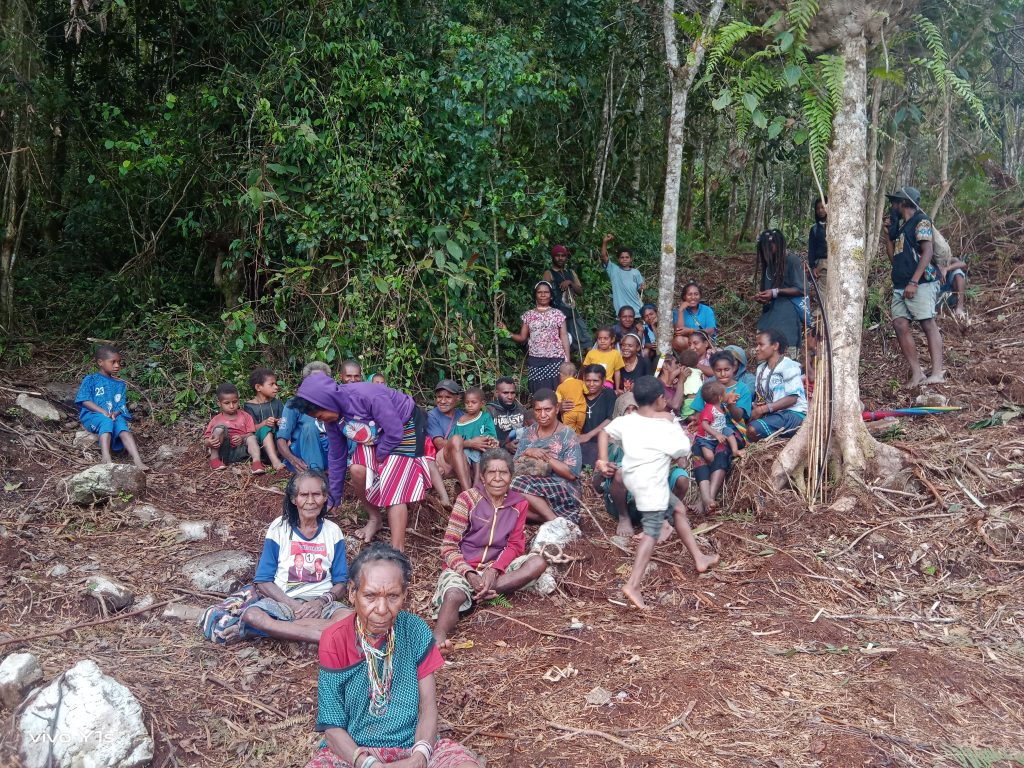
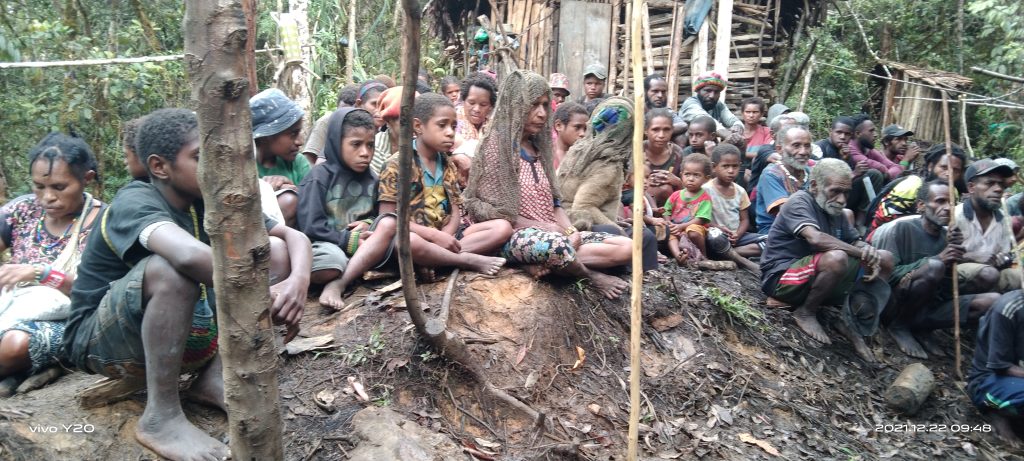

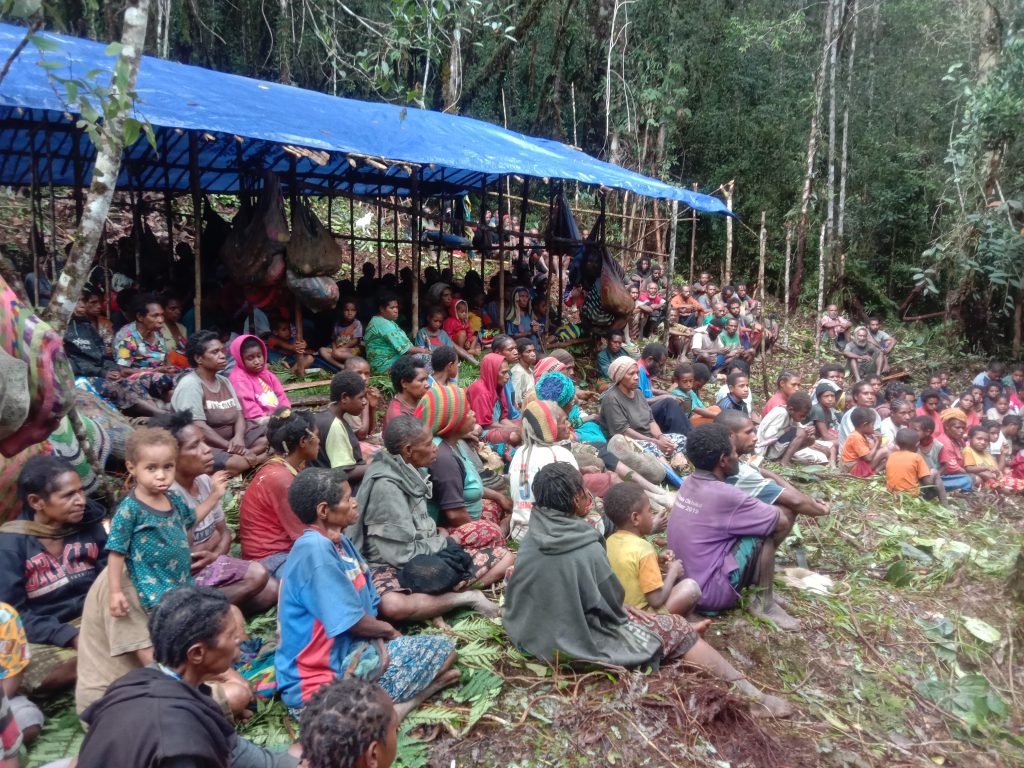


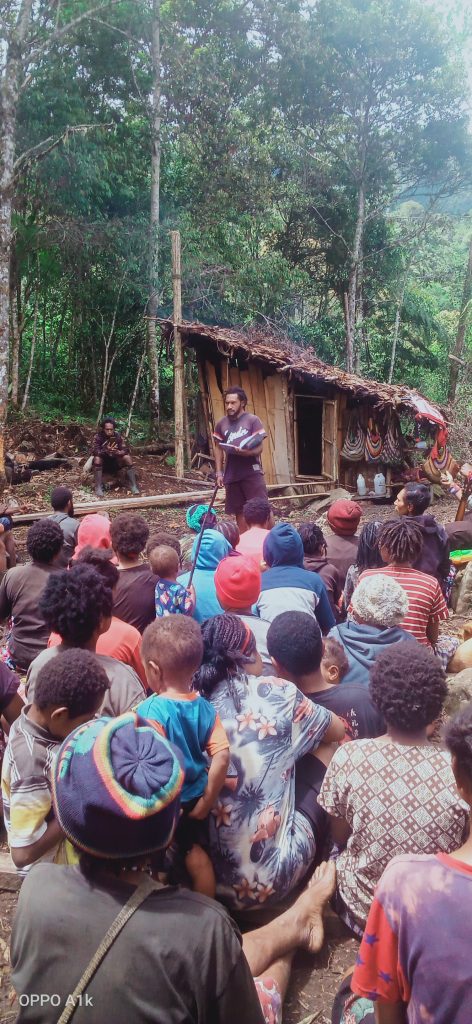
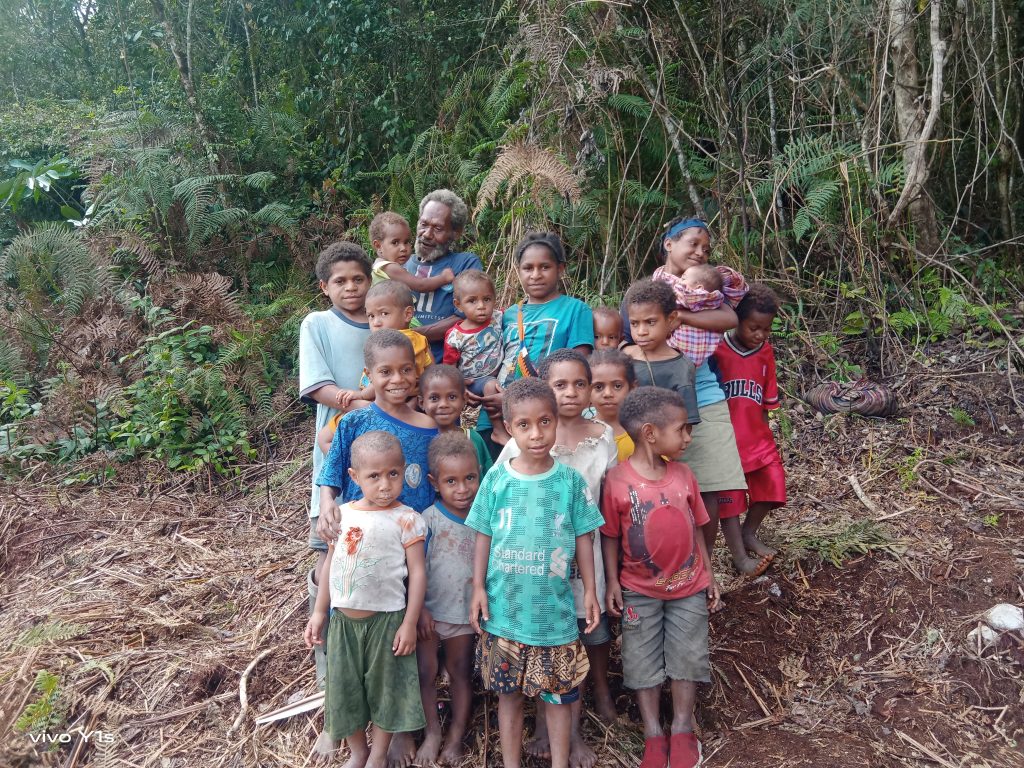
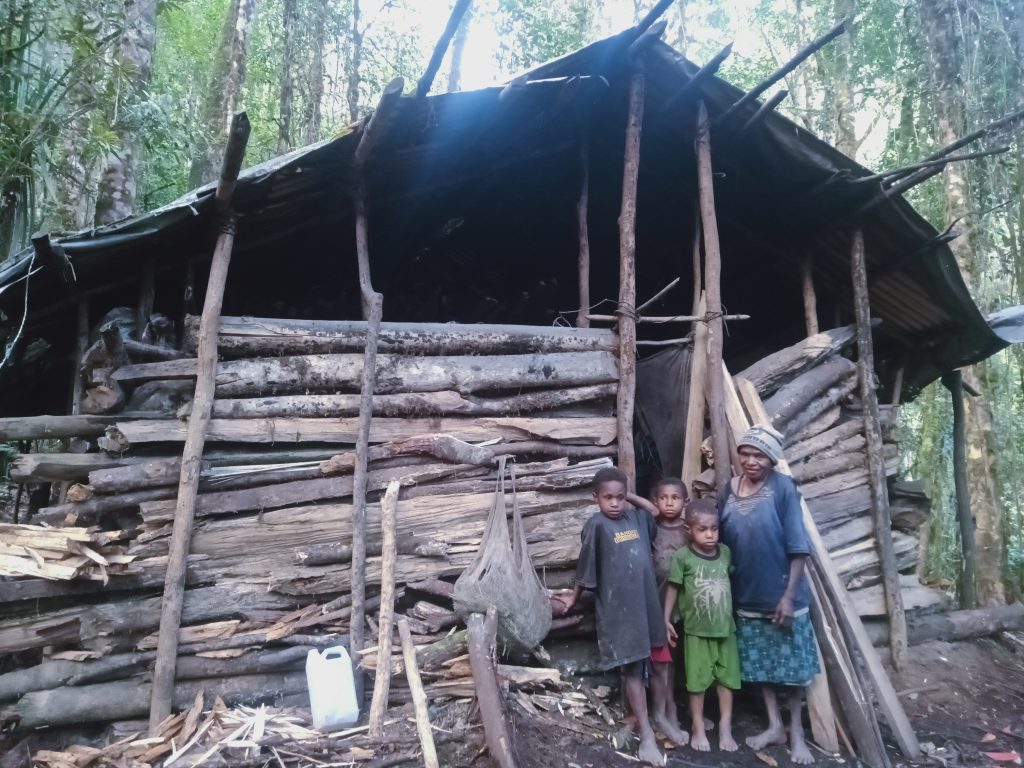
There are no humanitarian programs or a strategy in place to guarantee minimum standards with regard to the availability, accessibility and quality of education and healthcare services for IDPs. Accordingly, the death toll among IDPs keeps increasing, particularly among infants, children, elderly persons and pregnant women (see table below).
Only some of the IDPs have received occasional support, mainly provided by local governments. Others have been completely untouched by government aid and continue to live without access to education and healthcare in forest shelters under bad hygienic conditions. IDPs from Maybrat testified that the local government distributed rice and other food supplies to the IDPs. However, the funds used for the aid were deducted from the funds which the village administration receives on a regular basis.
| No | Regency | IDPs | displaced since | Additional info |
| 1 | Nduga | 46,000[1] | 02 Dec 18 | more than 300 IDPs reportedly died since being displaced |
| 2 | Puncak | 2,724[2] | 27 April 21 | at least 16 IDPs have reportedly died during displacement |
| 3 | Intan Jaya | 5,859[3] | 26 Oct 21 | at least 126 IDPs face health issues, and 11 IDPs reportedly died |
| 4 | Maybrat | 4,684[4] | 02 Sept 21 | IDPs originated from 5 districts, 17 IDPs reportedly died |
| 5 | Pegunungan Bintang | 2,252[5] | 10 Oct 21 | about 200 IDPs fled to PNG, 23 IDPs reportedly died, and at least 37 women gave birth in shelters without medical attention |
| 6 | Yahukimo/ Asmath | 1,971[6] | 20 Nov 21 | IDPs from 13 villages sought shelter in 15 temporary camps, 16 women gave birth without medical attention, and 13 IDPs reportedly died |
| T O T A L | 63,490 |
Illegal arms trade
The armed conflict in West Papua is aggravated by the growing number of illegal firearms in the hands of the TPNPB and the constant supply of ammunition. The weapons have either been captured during attacks against military posts and security force personnel or reached the TPNPB through the black and grey markets[7]. The illegal arms trade allegedly involves many parties, including civil servants, legislators, the Indonesian National Army (TNI) and Indonesian National Police (POLRI). Of the 51 people convicted of arms trafficking cases between 2011 and 2021, 14 were soldiers and six were police members.
The Democratic Alliance for Papua (ALDP) published a new report on the illegal arms trade in West Papua according to which the cases of illegal arms trade that have been processed legally are believed to be only the peak of the iceberg. This assumption is based on various observations. The traders range from civilian professions to the police and military, involving transportation on land, water and air. Prosecuted arms traders admitted they had committed more than one transaction involving more than one supplier before they were caught by the police. The trials against the traders lead to their prosecution but failed to process the suppliers and financiers, who continue to sell firearms on the illegal market. Even weapons with serial numbers were not traced back to identify those at the top of the supply chain.
The illegal arms trade is a lucrative business with transaction values up to billions of rupiahs. There are also allegations of other motives such as a strategy to control natural resources and political power. Village funds, Special Autonomy funds, and campaigning funds from political parties for local elections have reportedly been misappropriated for purchasing illegal firearms and ammunition. Cases of illegal arms trade were reported from the regencies Nabire, Timika, Wamena, Jayapura, Biak, Serui, Merauke, Nduga, Pegunungan Bintang, Sorong dan Manokwari.
Some illegal firearms reportedly reached Indonesia from the Philippines and Papua New Guinea (PNG). The ALDP research identified five such cases. Weapons and ammunition from the Philippines were smuggled to Indonesia through Sangihe Talaud, Sulawesi Utara Province. Weapons from PNG entered Indonesia through the land border in the regencies Pegunungan Bintang, Merauke, Jayapura and Keerom. Illegal firearms from Indonesia mainly originated from other conflict-affected provinces of Ambon and Poso. ALDP identified Nabire as the hotspot of the illegal arms trade.
The most recent arrests in relation to the illegal arms trade were reported from the regencies Nduga, Yalimo and Intan Jaya (see video below). Two of the cases involved members of the military.
Growing potential for mass atrocities
The aggravation of the armed conflict, the widening gap between Papuan civil society and the central Government as well as growing tensions between indigenous Papuans and migrants from other parts of Indonesia create fertile soil for violence and human rights violations. The explosive composition of the afore-mentioned factors as well as the stagnation in a peace dialogue increase the potential for mass atrocities in West Papua.
Mass atrocities have already taken place in Indonesia on a large scale. The largest massacres occurred between 1965 and 1966, as the Indonesian army tried to eliminate the Indonesian Communist Party (PKI) as part of their struggle for political power. Historians estimate the number of victims ranged between 600,000 and 1,000,000 victims. Most killings were committed by civil militia groups facilitated by the military.[8]
The Simon-Skjodt Center for the Prevention of Genocide (SSCPG) recently published a report in which it assesses the potential risk for mass atrocities in West Papua. Indonesia is currently ranked 27th in terms of its potential for mass atrocities. Single incidents, such as the sudden outbreak of horizontal violence in Wamena on 23 September 2019, illustrate that such a scenario is anything but far-fetched. The civil unrest in Wamena marked one of the worst outbreaks of violence in a single incident since the end of the military dictatorship under President Suharto. Forty-two persons were killed and 82 injured as a result of security force operations and horizontal violence between indigenous Papuans and Indonesian migrants.
The assessment is based on multiple risk factors that increase the risk for large-scale, group-targeted violence. In the case of West Papua, the SSCPG has identified three precipitating factors which have emerged in recent years, namely (1) protests, riots, and communal mobilization; (2) increasing divisions among indigenous Papuans; and (3) escalating armed conflict between the TPNPB and Indonesian security forces. Other structural risk factors are Indonesia’s history of atrocities, the ruthless exploitation of natural resources, the growing marginalisation and exclusion of indigenous Papuans from decision-making processes, horizontal conflicts between migrants and Papuans as well as ongoing human rights violations in a climate of impunity.
The combination of these factors allows a careful prediction that pro-independence protests could reach a new level in the next 12–18 months. According to the SSCPG, there are two possible worst-case scenarios. In both scenarios, increasing protests and/or armed attacks would be responded to by atrocities committed by civil militia with the support or consent of Indonesian security forces.
Scenario A describes mass atrocities committed by pro-Indonesia indigenous Papuan militia, with the support of the military and police, against pro-independence indigenous Papuans. This scenario depends on indigenous Papuan groups remaining divided. Alternatively, if indigenous Papuans become more cohesive and better coordinated, that may lead to Scenario B, in which Indonesian migrants and Indonesian security forces commit atrocities against indigenous Papuans (perceived collectively as in opposition to the Indonesian state and threatening migrant interests).
[1] JPIC Kingmi Papua (22.11.2021): Laporan Pelanggaran Ham dan Operasi MIliter di Tanah Papua
[2] Jubi (9.11.2021): SORAKPATOK: 300 tewas dan 50 ribu warga Papua mengungsi, available at: https://jubi.co.id/sorakpatok-300-tewas-dan-50-ribu-warga-papua-mengungsi/
[3] CNN Indonesia (30.10.2021): Ribuan Warga Papua Mengungsi Usai Pecah Kontak Senjata, available at: https://www.cnnindonesia.com/nasional/20211030195433-12-714496/ribuan-warga-papua-mengungsi-usai-pecah-kontak-senjata
[4] The number was compiled by local church workers in October 2021. The information was received in June 2022
[5] The number was compiled from multiple lists with names of IDPs which were compiled by local human rights defenders in Pegunugan Bintang in April 2022
[6] The number is based on data compiled by local church workers. The information was received in February 2022
[7] UNODC: E4J University Module Series: Firearms, available at: https://www.unodc.org/e4j/en/firearms/module-4/key-issues/authorized-and-unauthorized-arms-transfers.html
[8] RB Cribb, The Indonesian Killings of 1965–1966: Studies from Java and Bali, (Clayton: Monash Asia Institute, 1990); also, Geoffrey Robinson, The Killing Season: A History of the Indonesian Massacres, 1965–66, (Princeton: Princeton University Press, 2018).
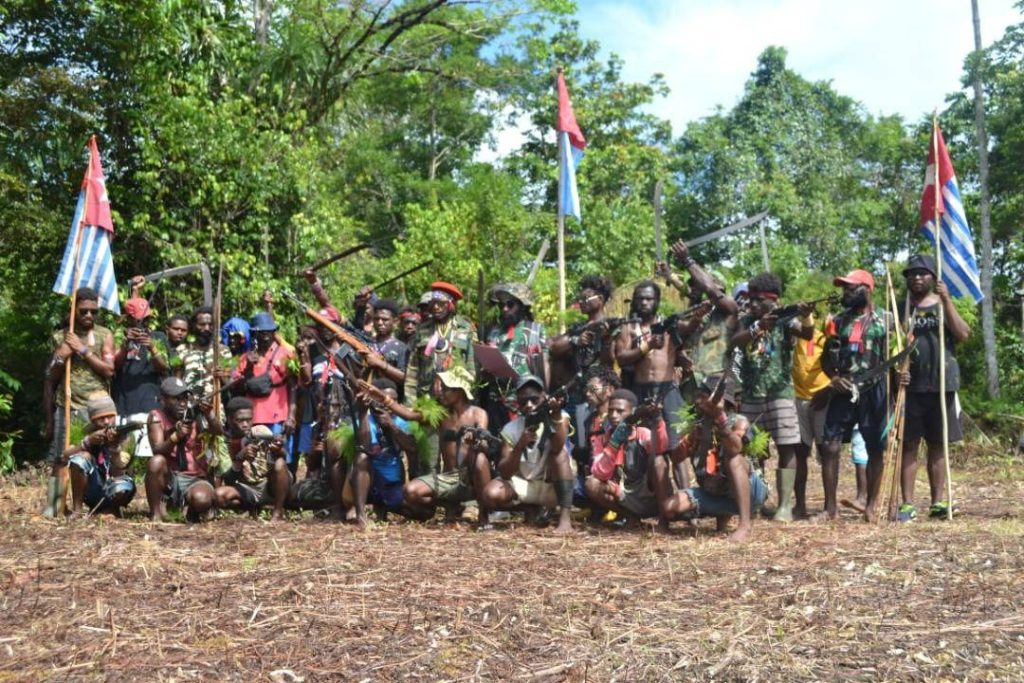
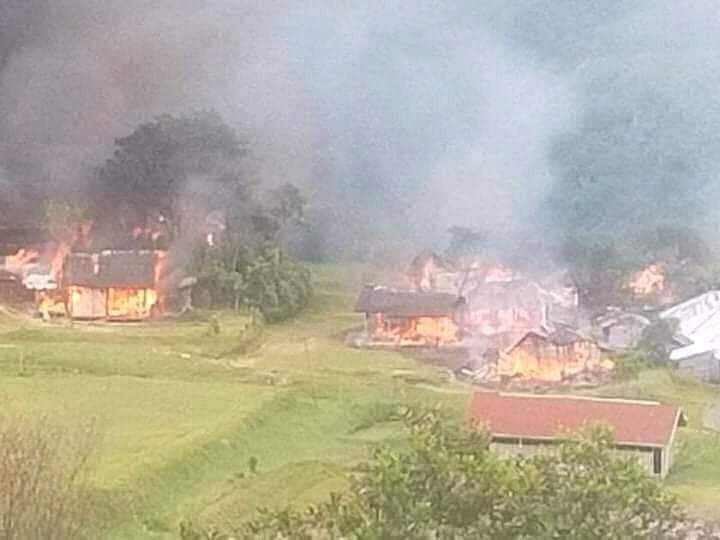
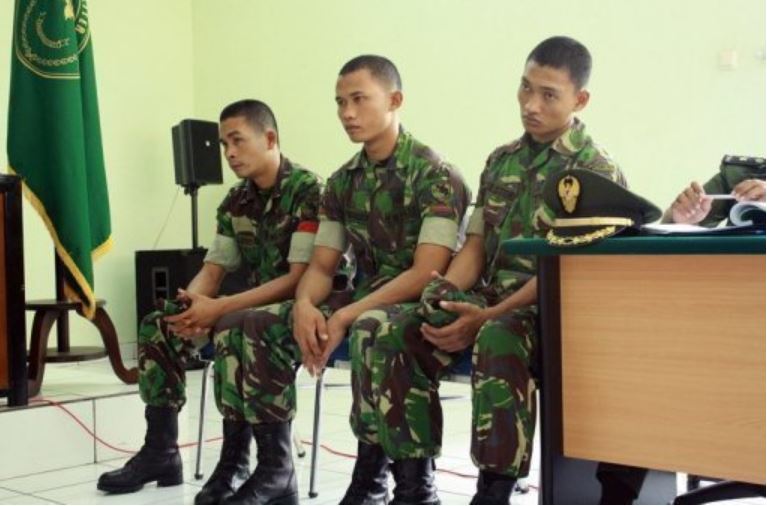
Pingback: Human Rights in West Papua in 2022 - no improvement but further deterioration -
Pingback: Hak Asasi Manusia di Papua Barat pada tahun 2022 - tidak ada perbaikan tetapi semakin memburuk -
Pingback: West Papua Annual Report 2022 - Human rights and conflict situation -
Pingback: Laporan Tahunan Tanah Papua 2022 - Hak Asasi Manusia dan Situasi Konflik -
Pingback: West Papua National Liberation Army captures pilot from New Zealand in the Paro District, Nduga Regency -
Pingback: Security force members alleged of killing Papuan minor in Puncak Regency – Police claim victim was affiliated with TPNPB -
Pingback: IDP Update, October 2023: recent displacement in Yahukimo, Pegunungan Bintang and Fakfak Regencies | West Papua Action Network